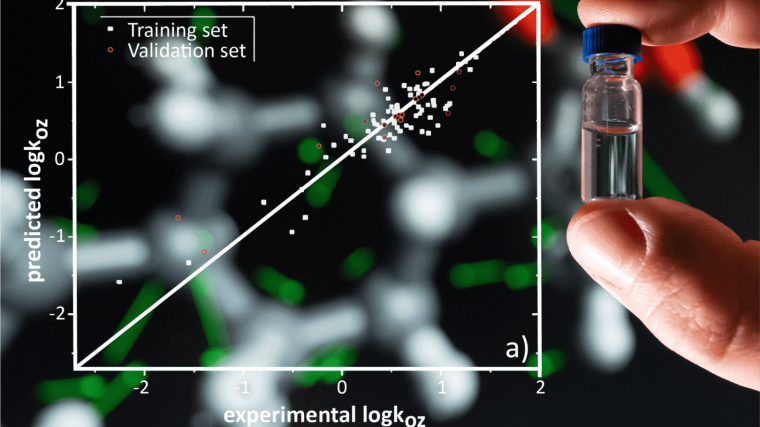Artificial intelligence methods are used in various technological solution approaches. In prognostics, among other things, substance-specific prediction models for the removability of pollutants in technical systems are being researched. In technical degradation processes, the rate of degradation and mineralizability strongly depends on the chemical structure and the process used. Previous approaches tend to follow a trial-and-error approach to remove micropollutants as quickly and efficiently as possible.
In our research group, a new approach is pursued - a coupling of chemical structure and the respective standardized degradation process as well as the development of a predictive model. In particular, this approach allows to predict, based on the known chemical structure of a compound (structural formula or specific molecular structures or functional groups), the degradability of this compound with different methods, e.g. from the field of Advanced Oxidation Processes. For this purpose, structural elements and molecular descriptors are linked via machine learning methods to the real measured chemical behavior and reaction kinetics of a large number of real measured samples (test data set).
Such a (universal) model can predict, for example, which removal process is most appropriate for a pollutant, how fast, at what operating points, and at what cost. This can also be done for future substances that are not yet commercially available (e.g., newly developed pharmaceuticals). Back-calculation of chemical structures from the models can also be used to develop "optimal" chemicals that can be removed with minimal effort. In addition, the model also allows the possibility - e.g. for environmental authorities - to recommend alternatives for previously used chemicals that lead to low environmental impacts under the regionally prevailing treatment techniques. A high-thoughput system for generating data on the degradation of (micro-)pollutants with different technical processes is also available.

